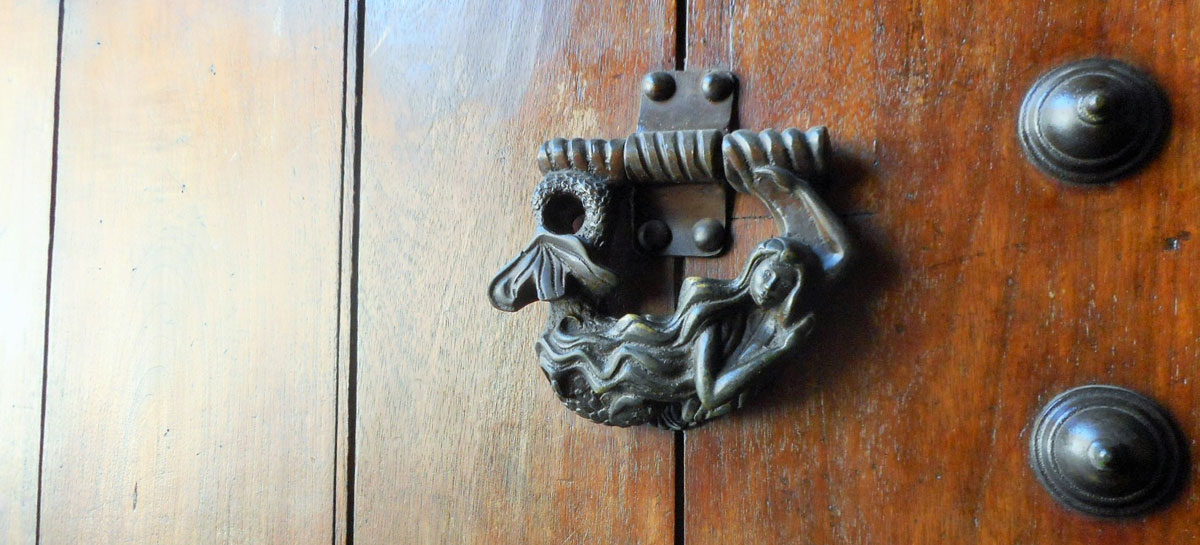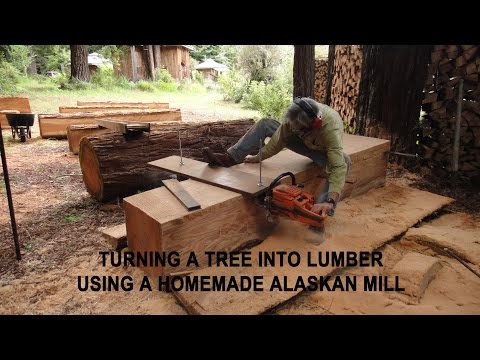A Latin American look at concrete, cane, and tropical hardwood
Shopping for building products in Latin America can lead you to products you have never used, and building yards unlike any you have encountered in the United States.
I love the exotic woods, especially the large, heavy slabs of Guayacan.
The huge, single piece pictured cost $4,000—it will make a splendid executive desk, dining table, or conference room table.
The folks who sell building materials don’t resemble the corporate heads of Home Depot—or even the manager at your local brickyard
Edwardo Rodriguez, pictured with his family, makes concrete building blocks and sells them in front of his house that fronts a well transited road.

He used to be a shoemaker until he bought a block-making jig for $50 and it changed his fortune.
Each block sells for $0.38, and he makes as many as 300 in a single day.
The blocks are made with Portland cement, seashells and beach sand, which he collects on the shore, across the road from his house/masonry yard.
The block jig that allows him to make a living is a simple, but ingenious machine
He packs it with the masonry mix, tamps and smooths the dry mix, and then pulls each block out very carefully to set it along the road to dry for 24 hours before selling it to folks building walls.
In this video clip, Eduardo demonstrates how the jig works. I will return in a few weeks to shoot a video of the actual process, rather than an imaginary demonstration.
Although romantic, seashell and salty beach sand don’t make the most durable CMUs. If you plan to use steel reinforcing, the salt will chew up your rebar.
We have quite a bit of this “artisanal block” along a long wall that surrounds our building site, and it works fine for now, but you will see how the surface has flaked off exposing the mollusk aggregate:

I asked Don Rodriguez if I should decide to build my house from his material how long I should expect it to stand.
He sized me up, and said, “Longer than you’ll be standing, so why worry about it?”
OK.
Caña is another popular building material
The ubiquitous caña is used for scaffolding, reinforcing, structural framing, elaborate and huge roof structures with exotic shapes, as well as fencing, flooring, posts, and beams.
There exist many types of cane for many different purposes.
Some cane grows wild, such as the guadua caña pictured, harvested in lengths of 40 feet and more from enchanting rain forest thickets, complete with howling monkeys and colorful singing birds.
The cane is not only harvested and used on site, but sold in places very much like your local lumberyard, stacked in sheds made of—you guessed it, cane.
The cane can be stood in a drum of preservative, such as cúprico-cromato (Celcure), or copper chromate, to wick up the capillaries and extend its life.
Thin shoots of caña guadua, are split in half, tied into panels, and used as wall panels, a little like the combined exterior siding/interior walls in traditional California bungalows.
This is a preferred building material because it provides ventilation at the same time it blocks the wind, animals and intruders.
Without an HVAC system, you really don’t want to live in an airtight enclosure. In fact, along the warm, tropical coast you’ll notice just about nobody has glass on their windows—not because they cannot afford it, but because they would suffocate in a sealed up box.
The tower of lumber is not a pile of pallets, it’s a drying tower
Boards here are not kiln dried, they are air dried, sometimes at the construction site.
The advantage of this comes with lumber conditioned to the humidity and temperature of the area. You don’t see a lot of shrinkage, slitting and buckling due to swelling.
This is one thing that looks primitive, but actually works better than what we’re accustomed to in the States.
Want one?
— Fernando Pagés Ruiz is ProTradeCraft's Latin America Editor. He is currently building a business in Ecuador and a house in Mexico. Formerly, he was a builder in the Great Plains and mountain states. He is author of Building an Affordable House and Affordable Remodel (Taunton Press).










